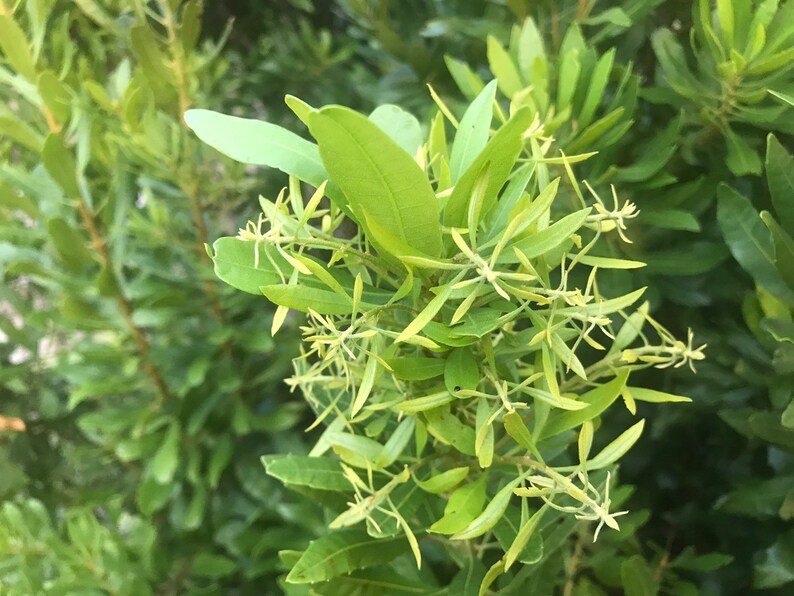
The aroma of the wax myrtle’s leaves can keep mosquitos away. Myrica is Greek myrike (μυρίκη) which was the Greek name for the “tamarisk” a tree that is aromatic like the wax myrtle. Indeed, that is reflected in the tree’s name Myrica cerifera, MEER-ih-kuh ser-IF-er-uh.Ĭerifera means “wax bearing going back to the Greek word Keri for the small bees wax candles used in church services. Though used as a seasoning, that was not the wax myrtle’s main value: The berries when boiled yield a wax that is excellent for making candles. The berries were used for seasoning as well but sparingly as they are waxy. Native Indians used the leaves for seasoning as we would a bay leaf. If you’re a birder other winged-ones that like the high-energy berries include the Bobwhite, Wild Turkey, Wablers, Vireos, Kinglets and the tiny Carolina Wren, which is more tail than bird. Tree Swallows in winter love it, eating the berries in a whirlwind. Want to see a Tachycineta bicolor? Drop by the Wax Myrtle. Are the mosquitoes bothering you? Drop by the Wax Myrtle tree. How about a little something for the peace pipe? Drop by the Wax Myrtle tree. Need some spice? Drop by the Wax Myrtle tree. Wax Myrtle was the Indians’ minimart of the forest.

Ripe Wax Myrtle Berries Myrica cerifera: A Tree That Makes Scents


 0 kommentar(er)
0 kommentar(er)
